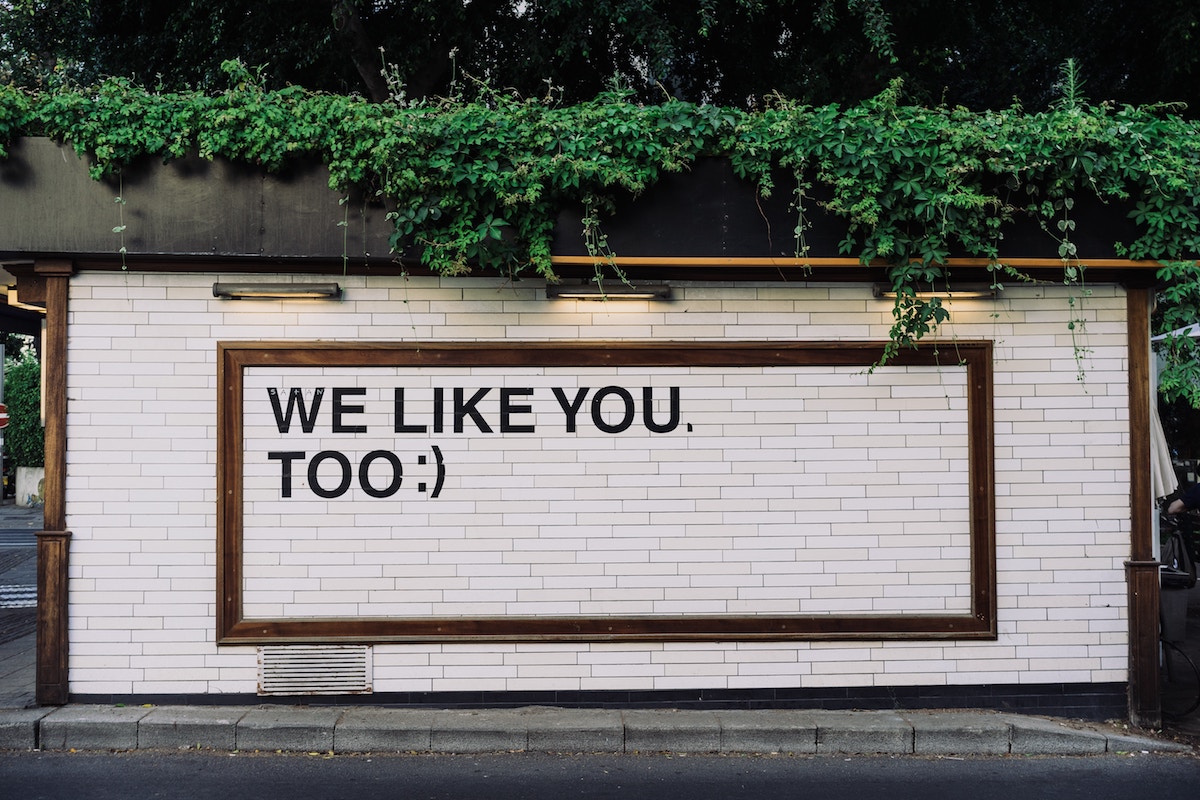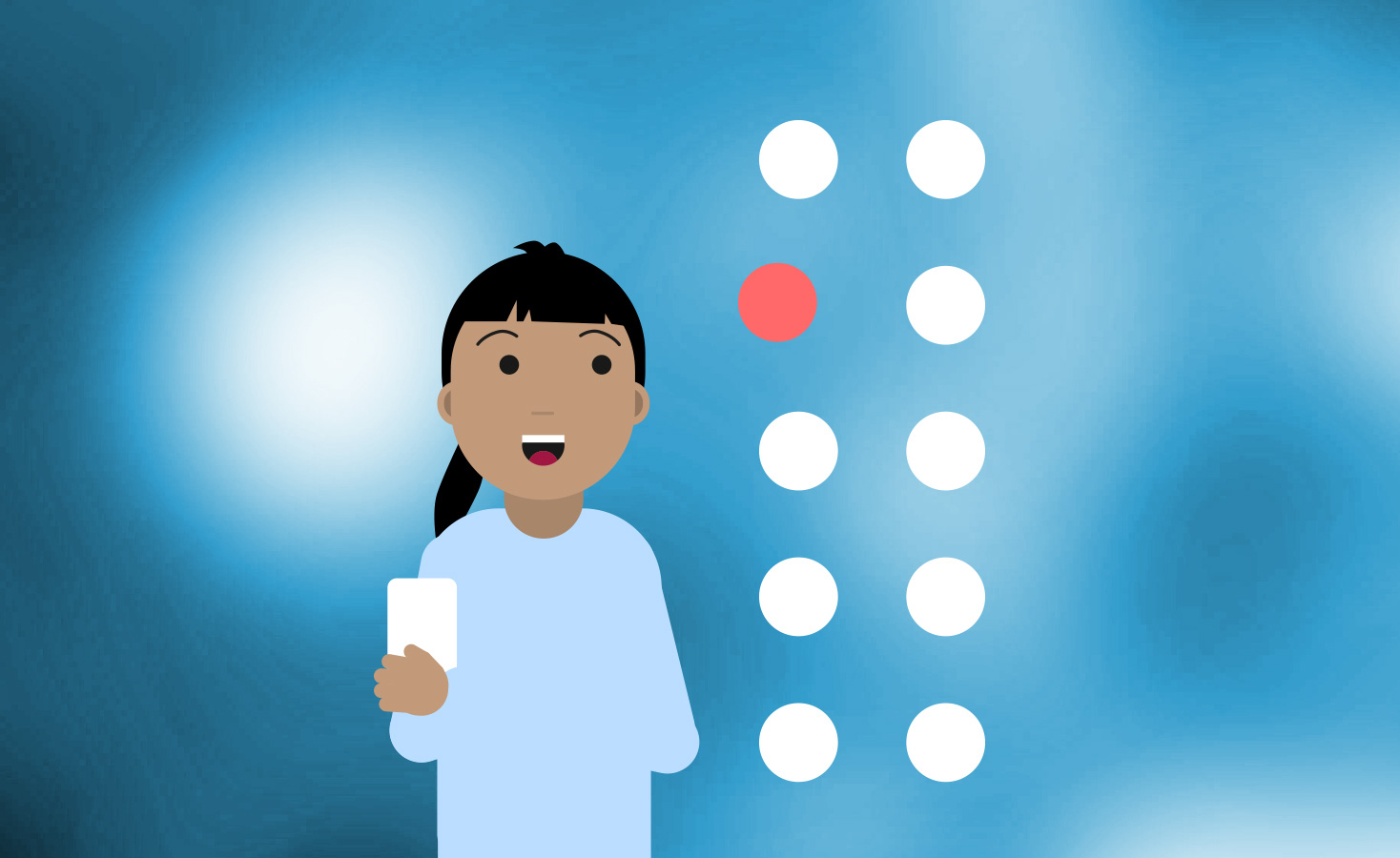Being humans, we often have something we don’t like about our bodies, or feel uncomfortable with. It could be our facial features, our weight, our posture, hair color, or even the look on our face when we see ourselves in the mirror first thing in the morning. Keeping a positive body image is a great buzz word, however actually doing it is a real challenge.
According to research, 91% of American women are unhappy with their bodies. In the UK, 90% of the teenagers don’t like their body shape. Get the idea? we seem to have a challenge there.
One of the things often overlooked by people who aren’t happy with their body, is the also one of the main reasons for these negative feelings: our beliefs.
What is really broken with our understanding of positive body?
If so many people suffer from negative body image and confidence, does it mean that we are all bad, bad looking? Or could there be an alternative explanation?
Perhaps society around us is biased in some cruel way, rigged in such way that we see us as the problem, blaming our body and learning to neglect it in the process. We are being convinced that more diets, cosmetics, surgery and suffering will help us improve our body acceptance – However, we may be looking in the wrong direction.
CBT and Beliefs
In CBT (Cognitive Behavioural Therapy), researchers and therapists looks for mechanisms that work behind the scenes, study their function, and in case they malfunction -create methods to change them for the better – ultimately enhancing our psychological wellbeing.
What is by now clear, is that pretty much all psychological pathologies are affected by beliefs.
In simple words, our negative body image can be transformed into positive body image if we change our beliefs about our body.
Changing beliefs
That may sound easy, but in reality, changing people’s beliefs is quite hard. Ever tried convincing someone to change their political or ideological beliefs, for example? This can be nearly impossible.
The way we approach it is by dividing our self talk (or internal thoughts) into two major groups:
- Adaptive beliefs – these are neutral, positive, flexible thoughts that keep us healthy.
- Maladaptive beliefs – these ate rigid, less flexible, hence affect our confidence and our ability to adapt, transform, and improve.
Beliefs and positive body image
So, when we identify adaptive and maladaptive self talk, we train our minds to embrace a more positive body image. This process takes, but it is not too late to begin. We quickly become more aware of our thoughts and how they are affected by beliefs.
Examples, anyone?
I look at myself in the mirror. What’s with this pimple on my nose?
“It’s ugly. I’m going to look stupid all day. I need to find some cream to cover it, or this will be a disaster.”
Think again.
“Ok, so it’s interesting. People’s skins are different, and my skin is a living thing. Alright, then.”
Get the idea?
If you like our approach, try our app, GGBI, and see for yourself.


